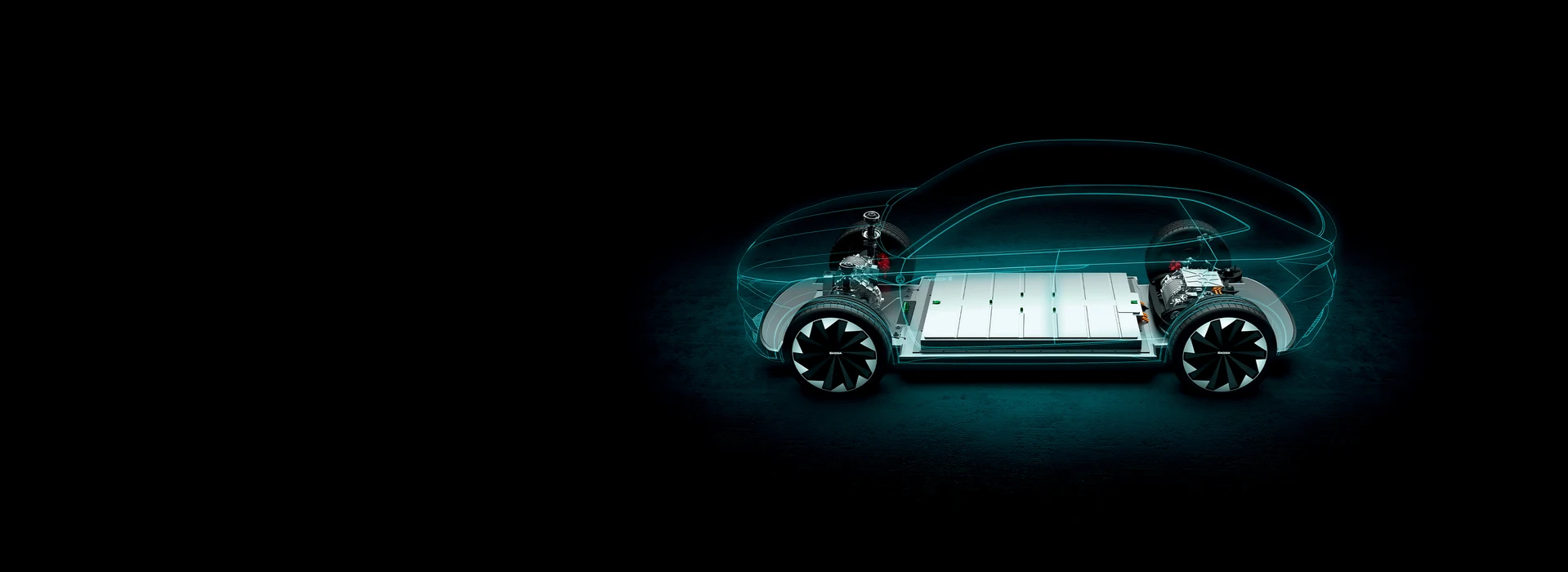SAFETY IN THE DAILY USE OF YOUR iV CAR
There are a lot of myths about the safety of electric cars. The truth is, their cutting-edge technologies make them as safe as conventional cars for everyday use.
HIGH-VOLTAGE SAFETY
Yes, electric cars use high-voltage systems. However, modern technologies are designed to pose absolutely no risk of electric shock either while driving or recharging.
WATER SAFETY
There are no risks connected with charging in the rain, using a car wash, or even if an iV car is flooded. All electrical components are fully protected to guarantee complete safety.
FIRE SAFETY
The risk of fire in an electric vehicle is just as low as in vehicles with internal combustion engines.
OVERLOAD PROTECTION
Our engineers pay special attention to preventing the energy storage unit from being overloaded. Sophisticated safety technology minimises the risk of electrical or thermal overload.
CONSTANT MONITORING
All of the crucial iV car’s indicators, such as battery temperature, state of charge and other systems, are constantly monitored to ensure maximum safety.
BATTERY LIFECYCLE
TIPS FOR BATTERY CARE
BATTERY SAFETY DURING ACCIDENTS
Unfortunately, accidents happen. However, with our iV cars we aim to ensure maximum safety both for all passengers in our electric cars and for other people on the road.
BATTERY INSULATION
Our iV car batteries are insulated and placed in the underbody of the car, where they are well protected.
FIVE-STAR RATING
The ENYAQ iV was awarded the highest five-star rating in the Euro NCAP reference test for crash safety.
COLLISION SAFETY
In the event of a collision, the electrical components in our iV cars are automatically disconnected from the battery in milliseconds.
ELECTRIC SHOCK PREVENTION
Because the battery automatically disconnects during a collision, passengers and other people (such as rescue workers) are protected from electric shocks.
BATTERY DEFORMATION SAFETY
Because the battery is placed in the underbody of the car, the battery pack remains undamaged even after body deformation.
DID YOU KNOW?
ŠKODA supports special training for firefighters and provides specific information and rescue data sheets to help them to deal with damaged electric vehicles.
